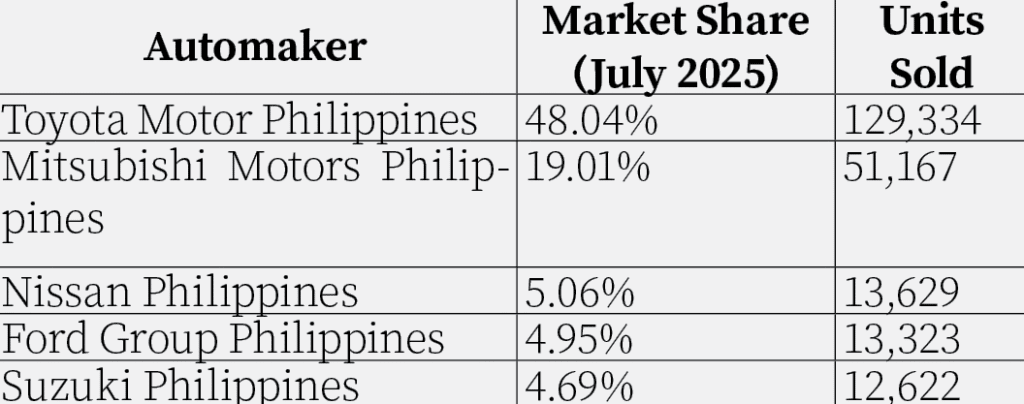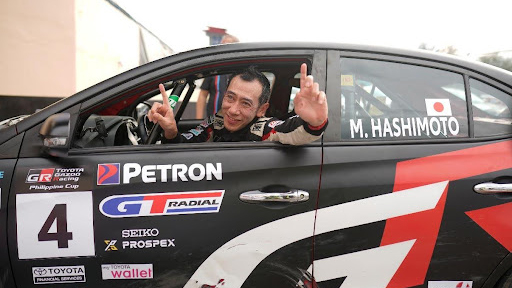Lone ranger no longer: Territory wants to be market maverick
In a market teeming with electrified ambition, Ford Group Philippines has saddled up for a brave ride into hybrid territory. With the launch of the Ford Territory Hybrid, the American automaker is galloping into the fray, becoming the first in Ford’s International Markets Group to roll out the model. It’s a strategic maneuver that positions Ford as a challenger brand in a segment long dominated by Asian stalwarts and increasingly disrupted by China’s NEV juggernaut.
Like a convoy navigating a foggy pass, with hybrids as the headlights cutting through uncertainty, electrification comes as a strategic imperative.
Ford’s hybrid debut signals a pivot from legacy combustion models to electrified mobility. This move pressures other non-Asian brands to accelerate their own EV rollouts or risk irrelevance in a market increasingly shaped by sustainability and tech-savvy consumers. Incidentally, Ford bosses in the US recently launched the Universal Electrical Vehicle Platform, touted as a modular setup that can be repurposed into SUVs and compact sedans. Ford’s UEVP promises to be a game-changer as it shifts to full electrification.
Calculated entry
At a time when the Philippine auto industry is undergoing a quiet revolution, Ford’s move into hybrid electric vehicles (HEVs) seems auspicious. Industry and government data revealed these findings as of July 2025:
HEV sales reached 2,401 units, up 2% from the previous month;
Plug-in hybrid electric vehicles (PHEVs) surged by 204.8%, totaling 128 units;
Battery electric vehicles (BEVs), however, stumbled—plunging 73% to just 176 units sold.
Despite the BEV slump, the overall NEV market remains resilient, according to the CAMPI-TMA data. New energy vehicles (NEVs)—a category encompassing HEVs, PHEVs, and BEVs—accounted for 6% of total vehicle sales in the first seven months of 2025, with 13,290 HEVs, 2,617 BEVs, and 288 PHEVs sold.
Titans and trailblazers
According to CAMPI-TMA, Ford’s hybrid debut unfolds in a landscape where five automakers command a staggering 81.7% of market share:
Toyota remains the undisputed leader, not just in conventional vehicles but also in hybrids—leveraging its early dominance with models like the Corolla Cross and RAV4 Hybrid. Tesla, while not officially present in the Philippines, casts a long shadow over the BEV segment, influencing consumer expectations and policy discourse.

Analyzing the industry’s overall growth, CAMPI president Rommel Gutierrez said robust demand for commercial vehicles and a recovering passenger car market drove up sales.
“The industry’s continued growth, particularly in commercial segments, reflects strong market fundamentals and the agility of our members in navigating short-term challenges,” he said, leaving the fate of hybrids open to varying prognosis.
Sweet spot
With BEV infrastructure still nascent and PHEVs priced at a premium, HEVs offer a transitional sweet spot—balancing fuel efficiency with range confidence. The Territory Hybrid, with its familiar crossover silhouette and electrified underpinnings, could appeal strongly to Filipino buyers seeking a taste of the future without giving up the present. Thus, Ford’s hybrid play is a pragmatic one.
During the Ford launching event at the BGC Amphitheater on Friday last week, Pedro Simoes, Ford Philippines’ managing director, summed it up: “Bringing in the newest hybrid variant is an important step for us as the market demand for electrified vehicles continues to grow.”
Ford may have entered the hybrid race late in the game, but its timing could prove fortuitous. As NEV adoption inches upward and consumer sentiment warms to electrification, the Territory Hybrid might be the steed Ford needs to ride ahead—not as a lone ranger, but as a hybrid maverick in an evolving motoring industry.





